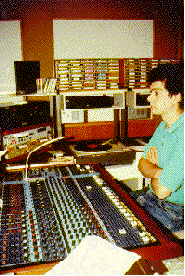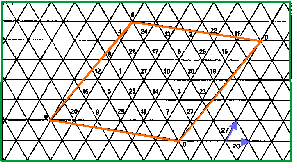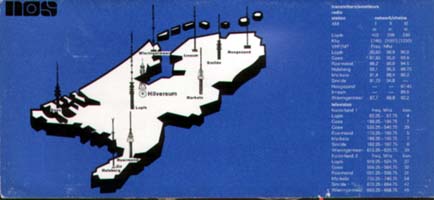

|
JPL's Wireless Communication Reference WebsiteChapter: Network Concepts and
Standards
|
 | FM radio, when it was first introduced, delivered a substantial improvement
in audio quality over AM radio. (See also analog
modulation) Despite the availability of digital alternatives, such as
DAB, it is still the predominant form of audio broadcasting.
Stereo transmission is made possible by creating a mono (left+right) and stereo difference signal (left-right). Before modulation onto and FM carrier the difference signal the stereo (L-R) information is DSB modulated at 38 kHz (= 2 x 19 kHz) and added to the baseband mono signal. Moreover a 19 kHz reference is also added as a pilot tone for synchronization. This composite multiplex signal is then fed into the FM modulator. Photo: On Air control room of Radio France Bourgogne, a local FM radio station in Dyon. |
 |  |
|
Photo (left): Broadcast and radio relay tower at 1500 m elevation to increase coverage.
(Dent du Chat, France) | Figure (right): Typical frequency reuse pattern for FM radio stations (CCIR). Channel spacing 100 kHz. Such theoretical network planning has for instance been used for local radio stations in Belgium and The Netherlands. |

|
An interview with Richard Sawyer from Orban about the need for having a 'good sound' on the air. |
| |
|
Some technical aspects of sound processing |
| |
|
Audio processing for transmissions over the Internet and over digital systems. |
|


